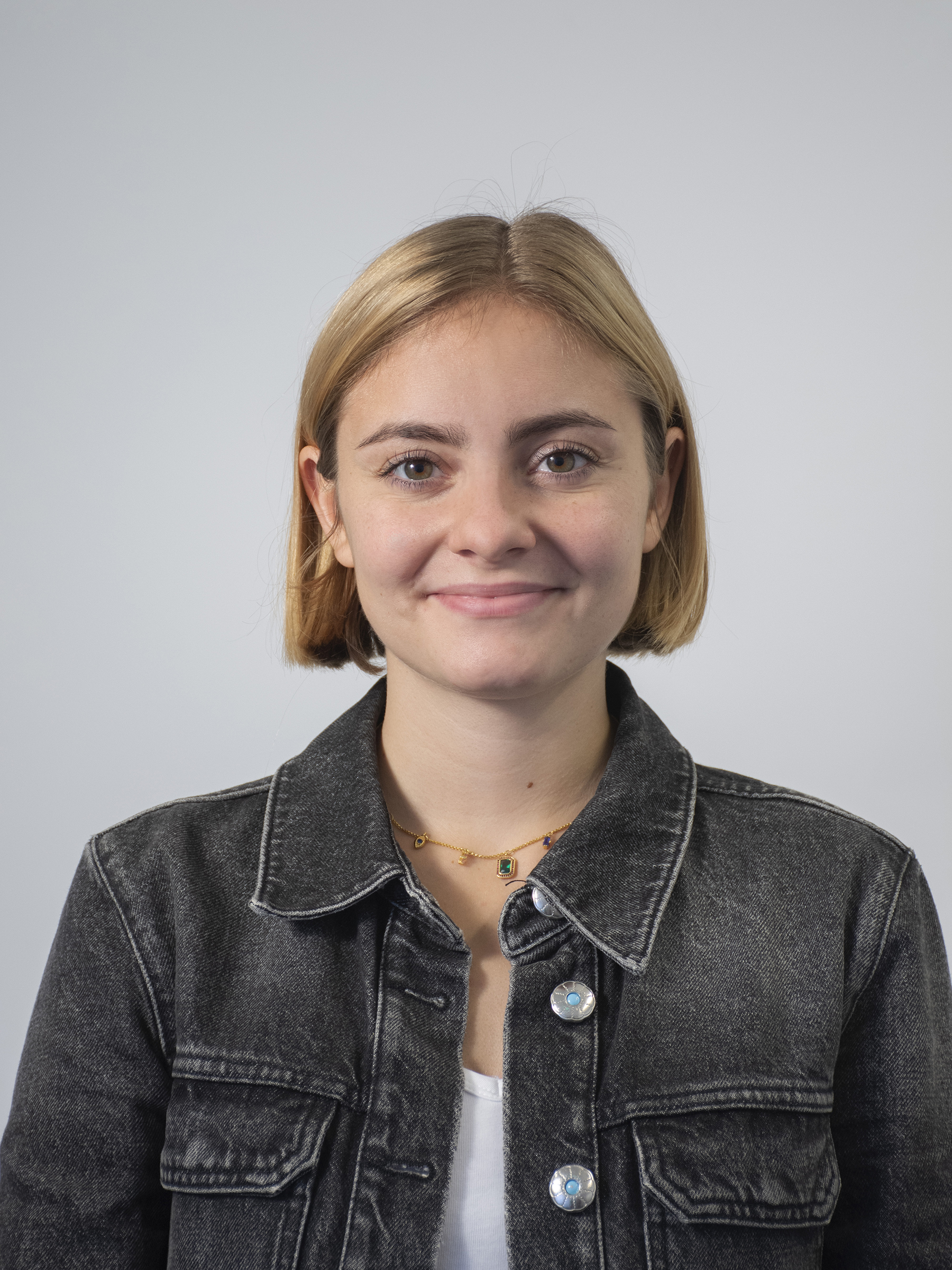Was es macht
Our idea is to make radiosonde reusable. It’s a sensor package for making weather forecasts. They are sent with a balloon to collect data up to 30 km altitude, where the balloon explodes, R2Home activates and flies back to a given landing point.
Deine Inspiration
In 2019 Yohan discovered that radiosondes are the best way to collect atmospheric data needed to get precise weather forecasts. However, they have one big problem: while they go up, they drift with the wind. The wind is different everyday, which means they land at an unknown location every time. Every day around 2000 radiosondes, are sent into the atmosphere worldwide. But only 20% of these measuring devices are found. Due to this today‘s radiosondes are produced for single use only, costing a lot of money and polluting nature. There Yohan got the idea: a flying robot that allows to choose their landing point and make them so reusable.
So funktioniert es
After being dropped in the atmosphere at any altitude between 100m and 30km altitude R2Home will deploy a steerable paraglider wing. Once the wing is deployed and flying, the brain of the robot, the onboard computer, will start controlling the wing, guiding left or right, to fly in the right direction toward a point using a GPS sensor and servo motors. Once this point is reached R2Home will circle around it until it touches the ground. A landing precision between 5m to 10m is currently achieved.
Designprozess
It took about two years to get a first working prototype, a robot dropped from 200m that flied back to a given landing point. The first step was to be able to reliably deploy the steerable paraglider wing from a small deployment bag at any altitude. For this he used a collapsible drogue parachute. The second step was to autonomously steer the paraglider wing to the landing point. After hundreds of test flights R2Home is ready for commercial demonstrations. In January 2021, Yohan got in touch with an industrial design student named Lucie. Her job was to transform the technical prototype into a product. She designed the new shell, which consists of two parts, the upper one with the autopilot and the lower one with a modular payload bay which is in our specific case the radiosonde. All of its materials can be easily recycled and replaced if necessary. The shell is made of expanded polypropylene, which has insulating properties and protects the system from cold, rain and shocks. The plastic parts on the side and inside are made of PET, while the outer parts are connected to the inner parts by a clip trough the shell. The shape is aerodynamic and simplifies the necessary installations for flight. A button on the front side serves to secure the closure.
Warum es anders ist
R2Home is the first system of this kind at this scale. Being able to make such small paraglider wings is only possible today thanks to huge developments in the domain of paragliding fabrics in the last decade. Being able to fly such a small wing is what makes R2Home interesting for the recovery of payloads such as radiosondes. The challenge was to make such a small guided parachute system. In addition to that, in the radiosonde application, being able to control the return trajectory is also interesting to improve the quality of the data collected. More expensive measuring devices like CO2, UV, etc. can now be connected more often to collect more data for less money. Intuitive, practical, environmentally friendly because reusable - R2Home is leading to the next generation of radiosondes.
Pläne für die Zukunft
For now we are looking forward the first commercial demonstrations of the system with the first interested organisations such as MeteoSwiss and Meteo France. These will allow to gather data on the reliability of the system and its life cycle. Then we will provide a turnkey solution reducing their overall operational costs and their environment impact. After demonstrating making radiosondes reusable, the goal is to use R2Home in other applications, from the humanitarian to the aerospace domain. What if we could help delivering medicines packages in the middle of nowhere? What if we could help recovering samples coming back from Mars?
Auszeichnungen
Hackaday Earth Day Challenge (International) Instructable Space Challenge - First Prize - (International) Prix SVJ - INNOVEZ Janvier 2022 (FR) EPFL Blaze Grantee (CH) Prix du Jeune Entrepreneur 2022 - CCE-Suisse (CH) Very good Mention from ECAL in the category industrial and product design (CH)



Verbinden